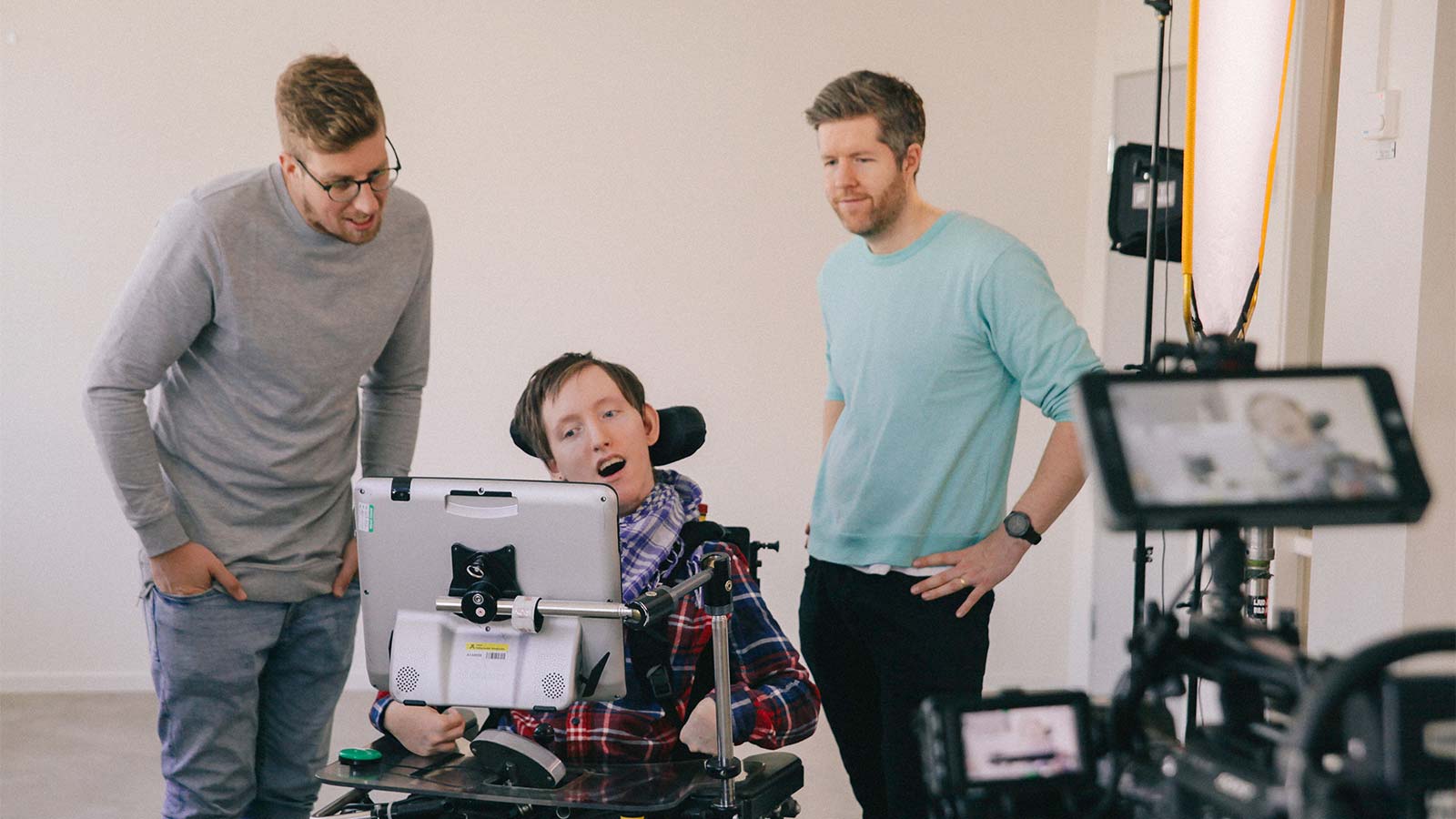
Conversational AI for Talking with Machines
For human beings, how we interact is a tapestry of emotional and cognitive intelligence. We observe and respond to key details, but we also respond in kind to those around us. Reading and interpreting the emotions of others is vital when responding to their needs and feelings. This is the cornerstone of emotional intelligence.
As Conversational AI systems become increasingly integral to how we interact with technology, emotional intelligence is also becoming a point of focus for developers. AI systems will need a certain degree of emotional intelligence to inform how they respond to human input. Robots or virtual assistants used in customer service, health care, or social services will need to have a keen understanding of the physical and vocal responses of the humans with which they interact. Without that underlying layer of emotional intelligence, these systems can’t truly understand the needs or intent of their users and ultimately will fail to build trust. Let’s look at how Conversational AI with Emotion, when implemented properly is changing how we communicate with technology.
The Importance of Emotion AI in Modern Systems
As artificial intelligence matures, there are several things we need to keep in mind – both on the practical and commercial side of things and in the ethical underpinnings of these systems.
Practically, Conversational AI systems benefit immensely from a base level of empathy that can recognize and respond to human emotions. Self-driving cars that are aware if passengers are concerned can adjust their driving conditions or recommend a break. Voice assistants that sense when their user is anxious, depressed, or angry, can recommend solutions or even call for help. Health care assistants can provide key insights to doctors when a patient’s stress and anxiety levels increase beyond their baseline. There are countless situations in which Emotion AI’s ability to recognize human emotion will be beneficial and many of them are already being explored or implemented.
On the academic side, there is an ethical component to AI. This is a conversation older than the technology itself, and something that has been in the mind of many developers and technologists in the last two decades as AI has become mainstream. These systems need an ethical baseline that can recognize how best to respond in key situations, frequently impacted by their ability to evaluate and respond to emotional stimuli from the user. When should the system share information? When should it call for help? When should it make a recommendation to its user to address the perceived anxiety or anger? These are points at which a well-designed Conversational AI can provide valuable support.
How Conversational AI is Being Integrated into Consumer Experiences
While Conversational and Emotion AI are relevantly new areas in the speech recognition field, pilot programs and betas are being run by dozens of companies to test the integration of the technology into commercial applications.
In-car emotion detection systems are being tested to measure the mood of drivers and respond accordingly to improve safety. Not only will these systems integrate methods of managing the driver’s mood, but will monitor and respond to drowsiness, general anxiety (and the responsiveness of the mechanical operators in the vehicle), and more.
In a more forward-thinking application, robots are being programmed to interact with humans and respond to their emotional state. Several of these systems are designed to mimic human interactions, and their ability to accurately perceive and respond to emotion, makes them more effective in doing so.
Conversational AI in Health
One of the applications that are already being realized in real-world settings is the support of operators by measuring and providing real-time information on human emotional states. For example, doctors are using AI assistants that are designed to measure patient emotions in the exam and operating rooms. These tools provide valuable insights into what triggers anxiety and fear, and how to better respond to those emotions to improve the patient care experience.
Similarly, wearables that measure emotional response are being tested to provide better monitoring for mental health patients. Already, smartphone apps are using video recording and search activity monitoring for veterans to identify potential issues and respond proactively. The same is being investigated for the elderly and teenagers who frequently suffer from mental health issues.
The Future of Emotion Intelligence in AI
Applications for emotion intelligence are limitless, and while much of the technology is still in early testing, the signs are promising that it will have a wide-ranging influence as it becomes more mainstream. Behavioral Signals has been leading the charge with emotion-sensing capabilities for voice systems, enabling VAs to analyze voice intonation and enhance the user experience through more natural interactions. Applications in healthcare, education, and consumer devices are already being tested and implemented, and represent a host of potential future benefits. AI is becoming a vital component in the next generation of technology – its ability to recognize and respond to human emotion accurately will be what truly sets it apart from the current status quo. By utilizing this technology, humans are changing the way that we communicate with one another in healthcare, education, automation, and more.
Photo by Photo by Vanilla Bear Films on Unsplash


